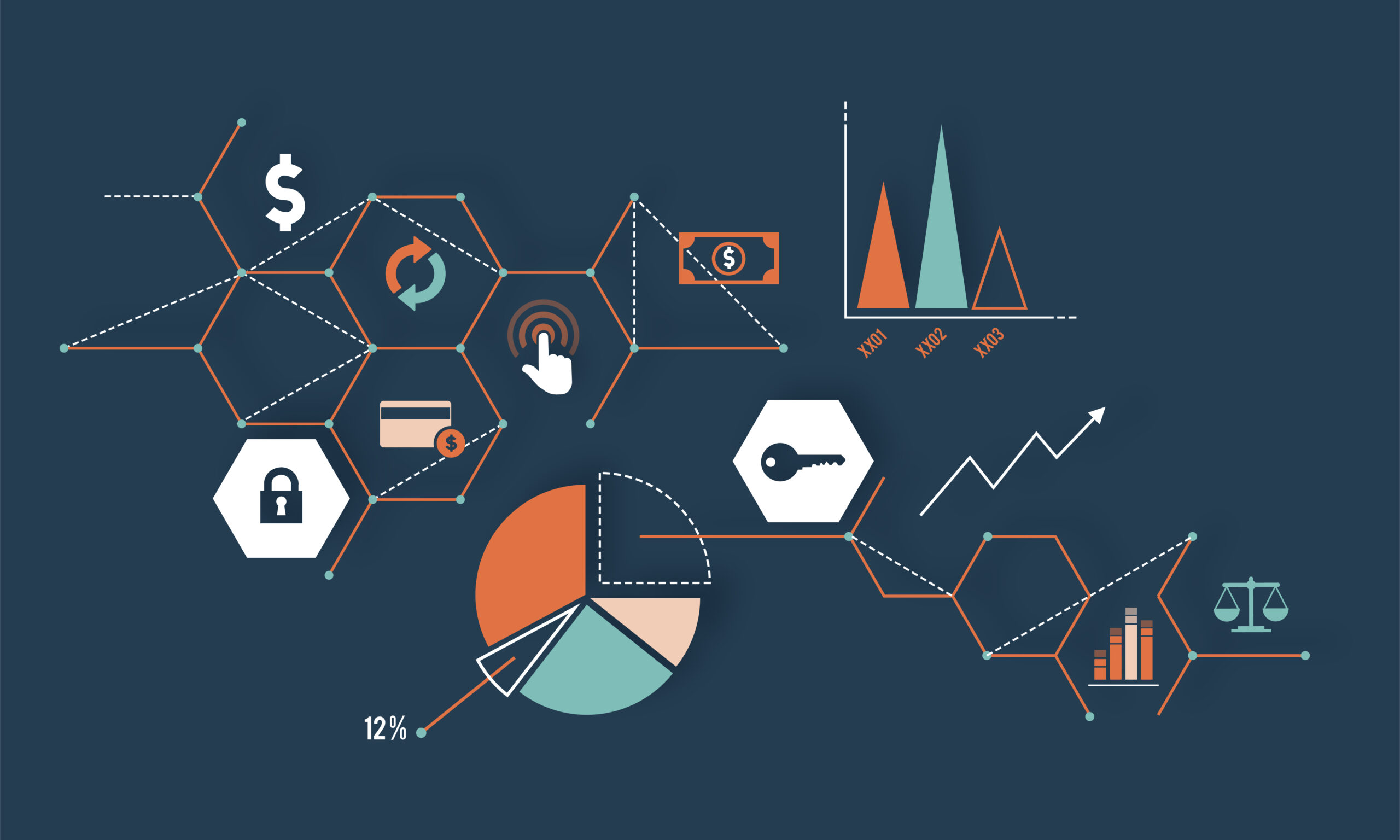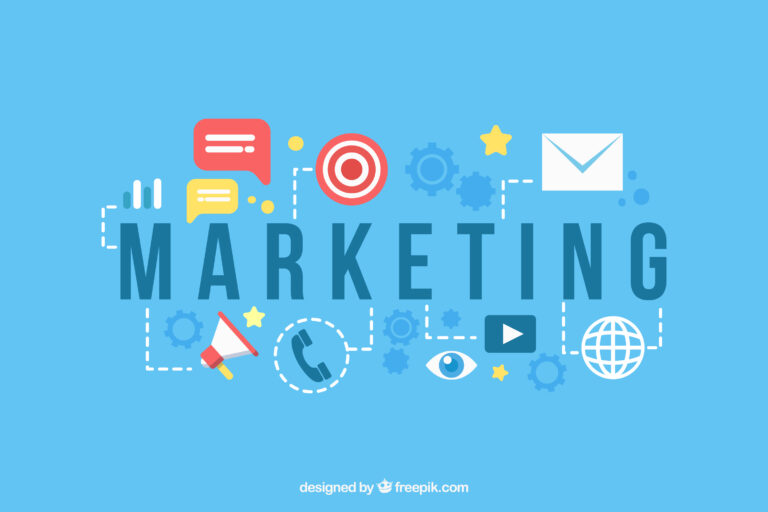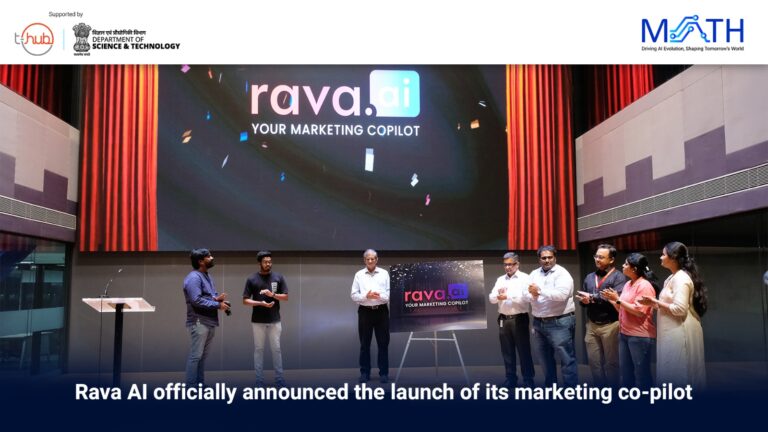Marketing using Knowledge Graphs
Marketing has undergone a significant transformation in recent years, driven by technological advancements and changing consumer behaviors. This article explores the stark contrast between traditional marketing methods and the emerging field of knowledge graph-driven marketing. We’ll delve into the fundamental differences, advantages, and challenges of each approach, providing marketers with insights to navigate the evolving landscape of customer engagement and brand promotion.
Traditional Marketing: The Foundation
Traditional marketing refers to conventional promotional tactics that have been used for decades on both offline channels as well as digital channels.
- Offline:
- Print advertising (newspapers, magazines, brochures)
- Broadcast media (television and radio commercials)
- Direct mail campaigns
- Outdoor advertising (billboards, posters)
- Telemarketing
- Trade shows and events
- Digital:
- Search Engine Optimization (SEO)
- Social media marketing
- Email marketing
- Content marketing
- Pay-per-click advertising (PPC)
Key Characteristics of Traditional Marketing:
- Mass-market approach: Campaigns often target broad demographic groups.
- Limited personalization: Messages are generally generic and not tailored to individual preferences. They often still rely on demographic targeting rather than individual-level personalization
- Time-consuming: Planning and execution often require significant lead time.
- Holistic view: While data-driven, they may not leverage the full potential of interconnected data and real-time processing. They often focus on specific channels rather than providing a holistic view of the customer journey
Knowledge Graph-Driven Marketing: The Future
A knowledge graph is essentially a database that represents information as a network of interconnected nodes. These nodes, or entities, can be anything from products and customers to brands and competitors. The relationships between these entities are represented as edges, allowing for complex queries and analysis.
Knowledge graphs are revolutionizing the way businesses approach marketing. By structuring information into a network of interconnected entities, these powerful tools enable marketers to gain deeper insights, personalize experiences, and optimize campaigns with unprecedented precision.
Knowledge graph-driven marketing leverages advanced data structures and artificial intelligence to create a more intelligent, interconnected, and personalized approach to marketing. A knowledge graph is a semantic network that represents entities (like customers, products, or concepts) and their relationships in a structured, machine-readable format.
Key Components of Knowledge Graph-Driven Marketing:
- Data Integration: Combines data from various sources (CRM, social media, web analytics, etc.) into a unified structure.
- Semantic Relationships: Establishes meaningful connections between different data points.
- Machine Learning: Utilizes AI algorithms to derive insights and make predictions.
- Real-time Processing: Enables instant analysis and decision-making based on current data.
Fundamental Differences between Traditional Marketing and Knowledge Driven Marketing
- Data Utilization:
- Traditional: Relies on limited, often siloed data sets.
- Knowledge Graph: Integrates vast amounts of structured and unstructured data from multiple sources.
2. Customer Understanding:
- Traditional: Based on broad demographic information and historical purchase data.
- Knowledge Graph: Creates a comprehensive, 360-degree view of each customer, including preferences, behaviors, and context.
3. Personalization:
- Traditional: Limited to basic segmentation.
- Knowledge Graph: Enables hyper-personalization based on intricate customer profiles and real-time behavior.
4. Scalability:
- Traditional: Often requires manual effort to scale campaigns.
- Knowledge Graph: Scales automatically, adapting to new data and insights.
5. Predictive Capabilities:
- Traditional: Primarily relies on historical data and trends.
- Knowledge Graph: Leverages AI to predict future behaviors and trends with higher accuracy.
The Power of Knowledge Graphs in Marketing
- Enhanced Customer Understanding:
- Deep customer profiles: By connecting data points from various sources (CRM, social media, website behavior), knowledge graphs create comprehensive customer profiles. This enables marketers to identify segments, preferences, and purchase journeys with greater accuracy.
- Predictive analytics: By analyzing patterns and relationships within the knowledge graph, marketers can predict customer behavior, identify churn risks, and recommend products effectively.
- Personalized Marketing:
- Tailored experiences: With a deep understanding of individual customers, marketers can deliver highly personalized content, offers, and recommendations. This increases engagement and conversion rates.
- Real-time personalization: Knowledge graphs enable real-time adjustments to marketing messages based on customer behavior, ensuring maximum relevance.
- Improved Campaign Optimization:
- Attribution modeling: By tracking customer interactions across multiple channels and touchpoints, knowledge graphs help determine the true impact of marketing campaigns.
- Campaign optimization: Insights from the knowledge graph can be used to allocate budgets effectively, refine targeting, and maximize ROI.
- Competitive Intelligence:
- Market analysis: By tracking competitors’ products, pricing, and marketing activities, businesses can identify opportunities and threats.
- Product positioning: Knowledge graphs help understand how a product fits into the market landscape and identify unique selling propositions.
The Difference Between Traditional Marketing and Knowledge Graph-Driven Marketing
Traditional marketing often relies on intuition, historical data, and broad audience segmentation. While these approaches can yield results, they lack the depth and precision offered by knowledge graphs.
Traditional Marketing:
- Based on assumptions and generalizations
- Limited ability to personalize
- Difficulty in measuring campaign effectiveness
- Slower to adapt to changing market conditions
Knowledge Graph-Driven Marketing:
- Data-driven and insights-oriented
- Highly personalized and targeted
- Accurate measurement of campaign performance
- Agile and adaptable to market changes
Implementing a Knowledge Graph for Marketing
Building a knowledge graph requires careful planning and data integration. Consider these steps:
- Define your goals: Clearly outline the business objectives you want to achieve with the knowledge graph.
- Identify data sources: Determine which data sources will provide valuable information for your marketing efforts. Include pitch decks, company briefs, sales collateral etc.
- Create an entity model: Define the key entities and relationships that will be included in the graph.
- Data ingestion and cleaning: Collect and prepare data for ingestion into the knowledge graph.
- Graph construction: Build the knowledge graph using appropriate tools and technologies.
- Data enrichment: Continuously update and expand the knowledge graph with new information.
- Develop applications: Create marketing applications and tools that leverage the knowledge graph.
By embracing knowledge graphs, marketers can get a new level of intelligence and effectiveness, driving business growth and customer satisfaction.
Explaining With a Marketing Use Case:
Lets take the challenge of creating high-quality, informative, and engaging blog content that resonates with the target audience. This is a complex data and content writers often struggle with finding relevant data, ensuring accuracy, and maintaining brand consistency.
If you can imagine a database that encompass a company’s products, services, industry trends, customer data, and competitor information – this structured data can serve as a foundation for retrieving relevant information, which can then be used to generate blog content. Such a structure database is what’s a knowledge graph and the process retrieving relevant information from it is called RAG (Retrieval-augmented generation).
For this particular scenario of blog writing, here is how knowledge graphs and RAGs can be leveraged:
1. Topic Identification:
- A knowledge graph can be queried to identify trending topics, customer interests, and competitor coverage.
- RAG can then generate potential blog post titles and outlines based on these insights.
2. Content Creation:
- By feeding the knowledge graph into a RAG system, you can generate initial blog drafts that are factually accurate and aligned with the company’s messaging.
- RAG can also be used to create different content formats, such as blog posts, social media captions, or email subject lines.
3. Content Optimization:
- The knowledge graph can provide data on keyword performance, audience demographics, and content gaps.
- RAG can then be used to optimize blog content for search engines and target audiences.
4. Personalization:
- By leveraging customer data from the knowledge graph, RAG can create personalized blog recommendations for individual readers.
- This can be achieved through dynamic content generation or by suggesting relevant blog posts based on user behavior.
Example: A sportswear company can use a knowledge graph to store information about its products, athletes, and industry trends. RAG can then generate blog posts on topics like “The Best Running Shoes for Beginners” or “How to Improve Your Marathon Time.” By incorporating data from the knowledge graph, the blog post will include accurate product information, expert advice, and relevant visuals.
Benefits of Using Knowledge Graphs and RAG for Blog Writing
- Increased efficiency: Automating content creation processes saves time and resources.
- Improved content quality: RAG ensures that content is accurate, relevant, and engaging.
- Better audience targeting: Personalized content can increase reader engagement and conversions.
- Data-driven decision making: Insights from the knowledge graph can inform content strategy.
By combining the power of knowledge graphs and RAG, marketers can create high-quality, relevant, and engaging content at scale, ultimately driving business growth.
Conclusion:
The shift from traditional marketing to knowledge graph-driven approaches represents a fundamental change in how businesses understand and engage with their customers. While traditional methods still have their place, particularly in building brand awareness and reaching broad audiences, knowledge graph-driven marketing offers unprecedented opportunities for personalization, efficiency, and predictive power.
As we move forward, marketers must adapt to this new paradigm, embracing the power of interconnected data and AI-driven insights. Those who successfully navigate this transition will be well-positioned to create more meaningful, effective, and mutually beneficial relationships with their customers in an increasingly complex and data-rich world.
The future of marketing lies not in choosing between traditional and knowledge graph-driven approaches, but in understanding how to leverage the strengths of each to create comprehensive, intelligent, and adaptive marketing strategies that resonate with today’s sophisticated consumers.







